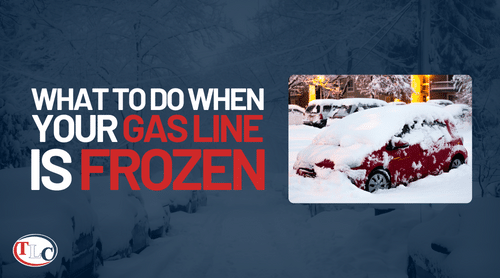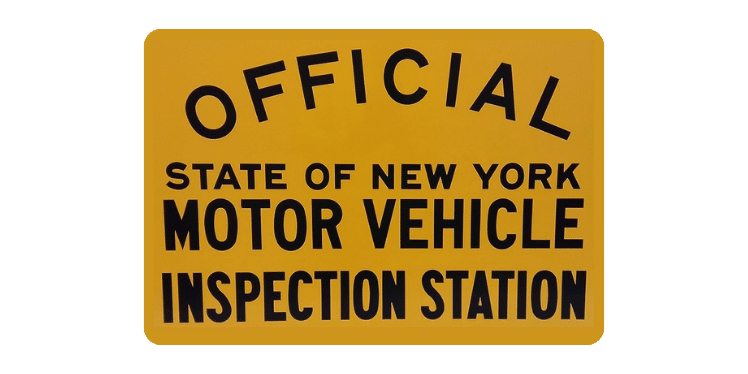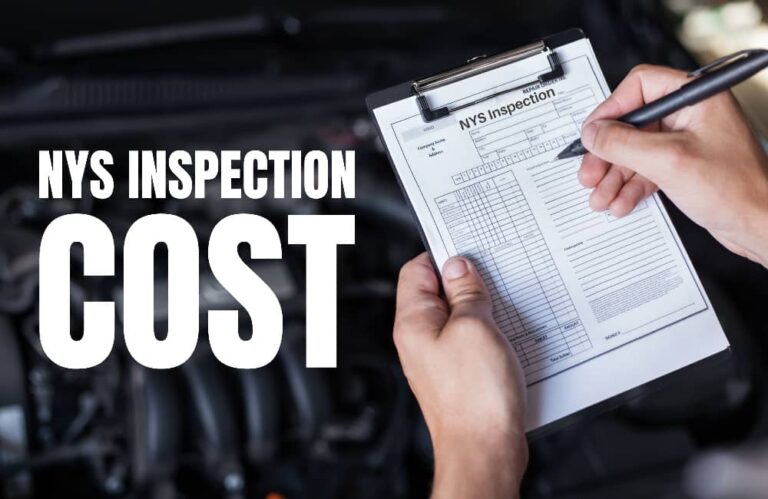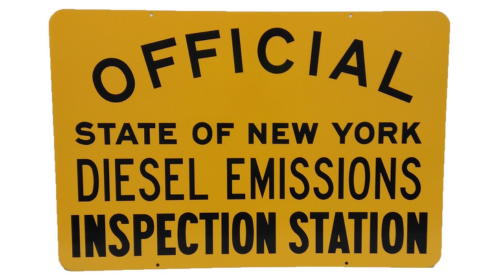How to Repair a Frozen Gas Line
Promptly addressing a frozen gas line is crucial for your safety and to prevent potential damage to your vehicle. This guide offers practical advice on how to identify, thaw, and prevent your fuel lines from freezing.
Frozen fuel line symptoms
As easy as opening your gas tank and seeing if it’s frozen? Not quite. There are some symptoms of a frozen gas line that you should know so you can easily diagnose the problem.
Signs of a frozen gas line
- Engine won’t turn over: This usually implies that the fuel line is frozen solid, resulting in no fuel getting to the engine to start the car.
- Failure of the engine to start: In this scenario, the gas lines are not entirely frozen, meaning a little fuel manages to reach the engine, but it’s not enough to overcome a frozen fuel pump or frozen gas line, preventing the engine from starting.
- Engine sputtering: When the gas line freezes, ice forms inside, causing the engine to sputter and eventually stop. The frozen gasoline elements also create a thick liquid that can clog the fuel filter and contribute to engine sputtering.
- Engine stopping after starting: The engine may start but stop suddenly due to icy buildups blocking the fuel from reaching the engine. This can be hazardous, leaving you stranded on the road.
How does water get into the fuel line?
There are several ways water can get into your gas tank.
- Fuel Cap Issues: In case your fuel cap is broken or unable to close fully, it can leave room for water to get in. For instance, if it rains or if you take your car to a pressurized car wash, water could get in this way. It might not be obvious that the cap is broken or defective.
- Pro-Tip: To catch this defect is when you open the fuel tank and there’s no hissing (de-pressurizing) sound.
- Bad Fuel Pump: A bad top fuel pump also lets water or moisture into the tank.
- Contaminated Fuel: Fuel contaminated in the pipelines or any other source could contain excess water. Even a gas station with a bad water filter could cause water to be pumped into your fuel.
- Condensation: Certain weather conditions can create water vapor in a tank which can condense and get into fuel.
How to unfreeze gas lines
Successfully thawing frozen gas lines can be simpler than you think and doesn’t always necessitate a trip to the mechanic.
Immediate Solutions
Here are a couple of practical strategies you can employ to thaw your fuel lines quickly:
- Warmth: One of the simplest methods to unfreeze your fuel line is by increasing the temperature around your vehicle. Move your car into a heated garage or any warmer environment if possible. The warmth helps gradually thaw the frozen fuel line, restoring fuel flow to the engine.
- Blanket Trick: In situations where access to a heated space isn’t an option, you can use the blanket trick as a makeshift solution. Drape a thick blanket over the engine hood to trap heat, and place a drop light or a heat lamp underneath. The heat generated from the lamp, combined with the insulation provided by the blanket, can effectively warm up the engine area and thaw the fuel line.
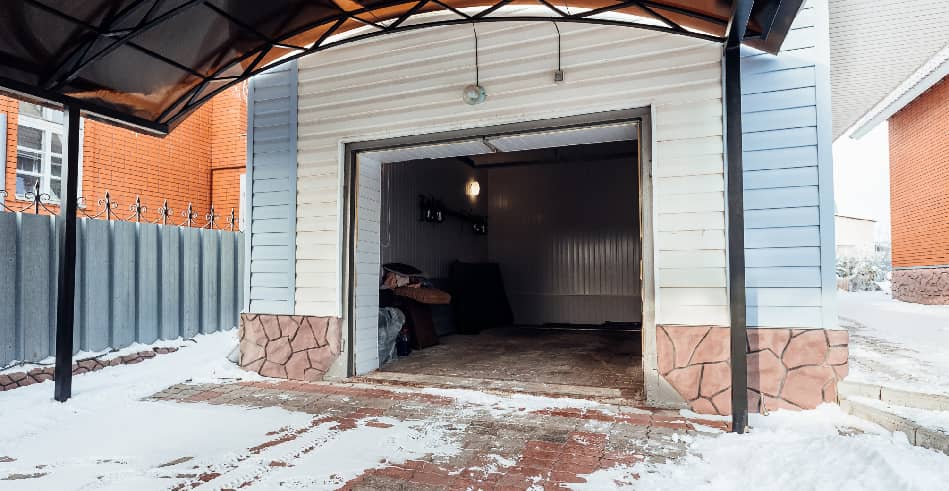
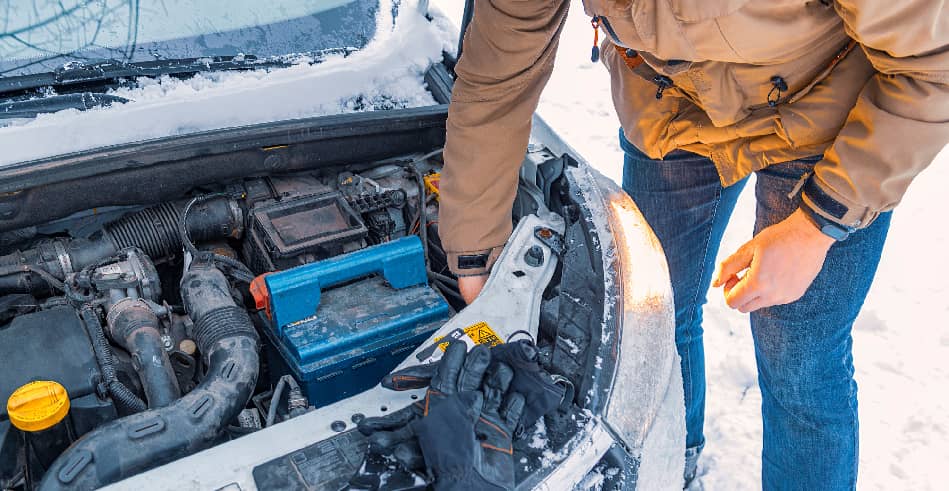
These immediate solutions are beneficial for quickly addressing the issue of frozen gas lines. By applying heat directly or indirectly, you can melt the ice within the fuel lines, ensuring the fuel can reach the engine again without obstruction. Remember, the key is to gently warm the affected area without applying excessive heat, which could damage vehicle components.
Chemical treatments
Fuel additives or gas line antifreeze containing isopropanol or methanol can absorb the water in the tank, preventing it from freezing and helping to thaw any existing ice.
How Chemical Treatments Work
- Water Absorption: Isopropanol and methanol absorb water in the fuel, preventing freeze-ups by keeping it mixed with the fuel.
- Freezing Point Reduction: By lowering the freezing point of water, these alcohols ensure fuel remains liquid in cold temperatures, allowing smooth flow to the engine.
- Thawing Ice: Adding antifreeze with these components melts any ice in the fuel lines, restoring fuel flow and helping drivers with frozen systems get moving again.
Choosing the Right Chemical Treatment
- Isopropanol vs. Methanol: Isopropanol is safer and less corrosive, making it preferable for most fuel systems. Methanol, though effective, can damage rubber parts over time.
- Compatibility: Consult your vehicle’s manufacturer before using additives, as some engines have specific needs or restrictions.
- Frequency of Use: In cold climates, regular addition of gas line antifreeze prevents freezing. Use according to instructions to avoid engine issues.
How to prevent fuel line freeze-up
Preventing your fuel line from freezing is crucial for maintaining your vehicle’s reliability during the colder months. Here’s how you can avoid winter-related vehicle issues:
Use Antifreeze
Gas line antifreeze isn’t just for your radiator. When added to your fuel, it prevents any water present from freezing. This is particularly important in regions where temperatures drop significantly below freezing.
Keep the Gas Tank Full
Maintaining a full tank of gas is more than just ensuring you have enough fuel for your journeys. It also plays a critical role in minimizing the amount of air—and consequently, moisture—inside your tank, reducing the chances of water condensation. Less condensation means a lower risk of water freezing within your fuel lines.
Keep your battery fully charged
This will help you warm your car often so it doesn’t get frozen. But if it does get frozen, you’d have to try starting the engine – a fully charged battery will come in handy here.
Opt for Covered Parking
Whenever possible, park your vehicle in a garage or under a covered area. This simple measure can significantly increase the ambient temperature around your vehicle, reducing the risk of your fuel lines freezing.
Invest in a Block Heater
For those living in areas where the mercury plunges to extreme lows, a block heater can be a worthwhile investment. By keeping your engine and its components at a warmer temperature, a block heater helps prevent the fuel from thickening and freezing, ensuring your vehicle starts smoothly, even on the coldest mornings.
By adopting these routine measures and maintenance tips, you can significantly reduce the likelihood of encountering frozen fuel lines, ensuring your vehicle remains operational throughout winter.
How to start a car with frozen fuel lines
Overcoming frozen fuel lines requires patience and the right approach to safely get your vehicle running. If your car won’t start and you suspect the fuel lines are frozen, these steps can help safely thaw them and get you back on the road:
Step-by-step guide
- Warm the Vehicle: The first and often easiest step is to simply relocate your vehicle to a warmer spot, if possible. A heated garage is ideal, but even a sunny spot out of the wind can make a difference. The goal is to gradually raise the temperature around the vehicle, allowing the fuel lines to naturally thaw.
- Apply Heat: If moving the vehicle isn’t an option, applying direct heat is the next best solution. Using a hair dryer or a portable heater, gently warm the underside of the car where the fuel lines are located. Be cautious to keep the heat source moving to avoid overheating any single area, which could damage the vehicle.
- Use Chemical Treatments: For stubborn cases where heat alone doesn’t resolve the issue, chemical treatments can be a lifesaver. Fuel line antifreeze or additives containing isopropanol or methanol can effectively thaw frozen lines. Simply add the recommended amount to the gas tank; these chemicals will mix with the fuel and any water, lowering the freezing point and dissolving ice blockages.
What Not to Do for a Frozen Fuel Line
Remember, patience is key when dealing with a frozen fuel line. Avoid forcing your car to start, as this can cause additional strain on the engine and fuel system. With time, warmth, and the right treatment, your fuel lines will thaw, allowing fuel to flow freely to the engine once again.
Frequently Asked Questions
How to fix a frozen fuel line?
To fix a frozen fuel line, you should first try to warm up your car by moving it to a heated space or using external heat sources like a blanket and drop light. Chemical treatments with alcohol-based products can also help by lowering the freezing point of water inside the line. For comprehensive service or if the problem continues, consider consulting TLC Auto & Truck’s auto repair experts.
Can your gas tank freeze?
Your gas tank itself is unlikely to freeze solid due to the low freezing points of gasoline components. However, water vapor that condenses and freezes within the tank can lead to a frozen fuel line. Keeping your tank full helps reduce the risk by limiting the amount of condensing water vapor.
At what temperature does gasoline freeze?
Gasoline typically freezes at temperatures between -40°C and -200°C. This wide range is due to gasoline being a mixture of various hydrocarbons, each with its own freezing point. As a result, the specific freezing point of gasoline can vary depending on its composition.
Conclusion
A frozen gas line is a solvable winter problem for vehicle owners. By recognizing the symptoms early, employing quick fixes, and taking preventative measures, you can keep your vehicle running smoothly throughout the coldest months. Remember, the key to prevention is regular maintenance and the strategic use of antifreeze.
Explore more winter car care tips with our Ultimate Winter Car Checklist, ensuring your vehicle stays in top condition during the cold season.

